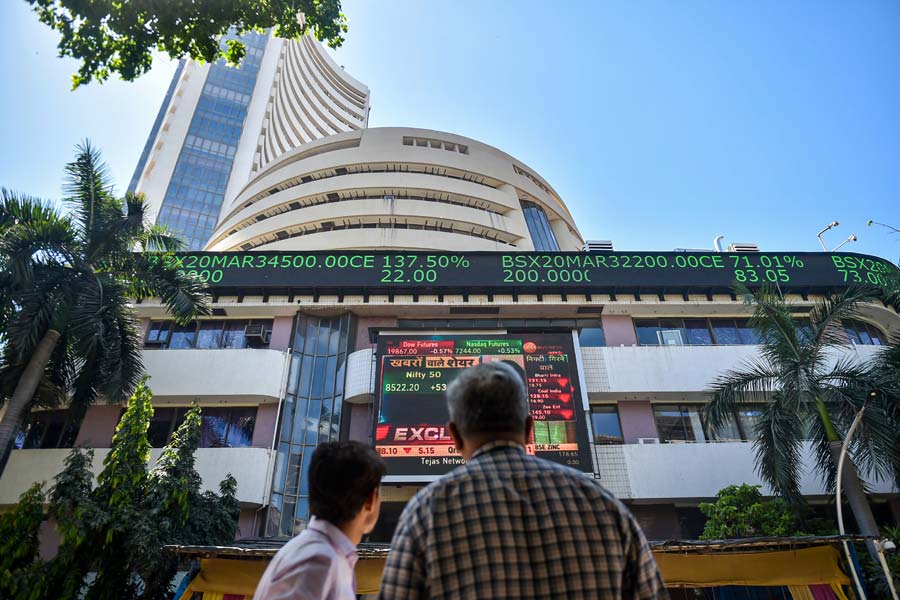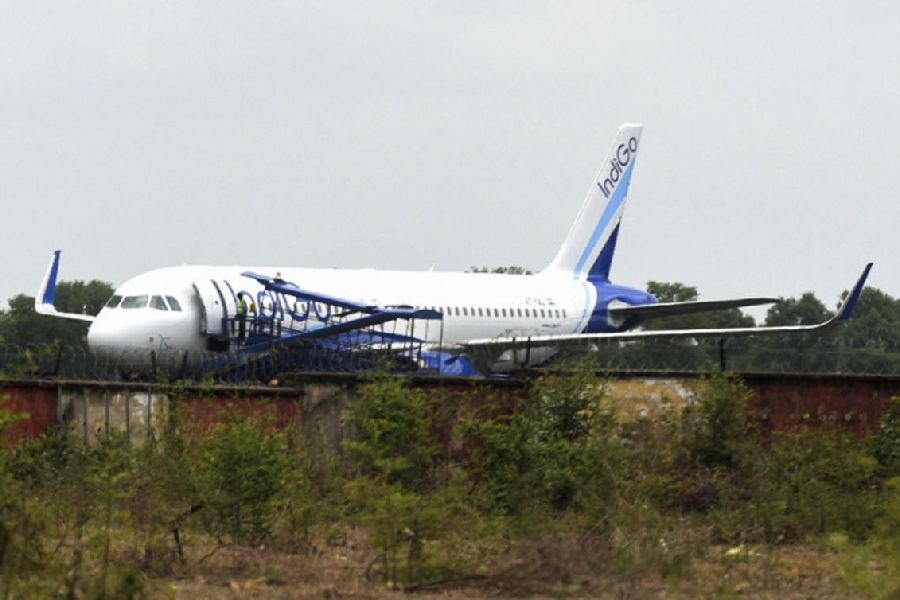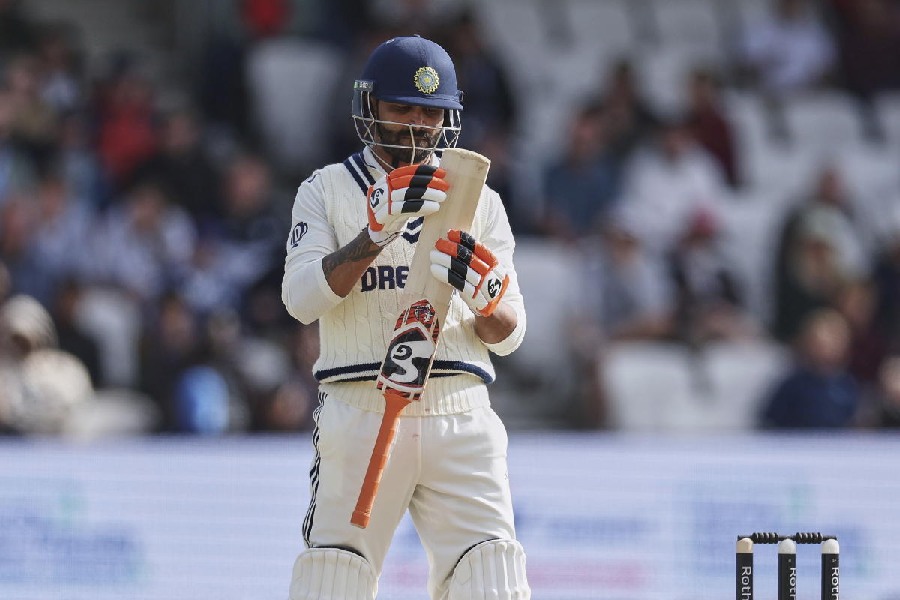 |
Yashwant Sinha remembers the call. As the finance minister, he was getting ready to move the Finance Bill after the budget debate when the phone rang. A senior ministerial colleague was on the line. He told Sinha that the Prime Minister wanted an amendment in the tax proposals.
This perplexed Sinha, for the change was going to benefit just one company. He rushed to meet the then Prime Minister — Atal Bihari Vajpayee — and asked if he had indeed authorised the minister to convey the message. Vajpayee denied it and told Sinha not to make the amendment when told of the consequences.
Clearly, there’s more to the budget than what meets the eye. As finance minister Pranab Mukherjee rises tomorrow in Parliament to present the year’s financial plan, it will be hard to picture him as an acrobat walking a tightrope and juggling several balls at the same time. But that agility — along with the ability to sniff out vested interests — is something every finance minister has to acquire as he prepares for the annual budget exercise.
Consider all that he has to deal with. Ministries demand money. Funds have to be found for the priorities of the government of the day — welfare schemes in this case — without imposing too high a tax burden. The fiscal deficit has to be reined in. Friendly signals have to be sent to industry and business. The economy has to be kept in fine fettle.
“It is a very, very difficult task,” says Sinha, who presented six budgets.
Then there are suggestions galore, including written representations and those that emerge from consultations with industrialists, small businesses, farmers, trade unions, economists and non government organisations.
The finance minister starts meeting Cabinet ministers from November, and each insists his ministry’s needs are more important. The finance ministry counters them with arguments (usually revolving around earlier funds not having been utilised). “The only person in the whole system who has to worry about where the money is going to come from is the finance minister,” rues Sinha.
The biggest battle is with the Planning Commission on budgetary support for plan schemes. The Commission pitches for a huge increase over the previous year’s outlays, while the finance ministry insists on a very small hike. There is a lot of haggling, says former finance secretary, E.A.S. Sarma. The finance ministry points to the fiscal deficit and the Planning Commission suggests cuts in non-plan expenditure (non-productive expenditure on items such as salaries). Often the Prime Minister has to step in to work out a compromise.
The second big battle, notes Sinha, is with the defence ministry, which eats up 21 per cent of government revenues. The finance minister has to ensure the expenditure does not affect the overall balance of the budget.
Alliance partners in coalition governments also have demands that are difficult to refuse. Key allies demand Central-funded schemes or other largesse for the states they represent. The main party in the coalition has its own wishlist. Sinha is grateful, though, that he didn’t have what he terms “a super Cabinet” like the present-day National Advisory Council, whose demands for higher allocations for programmes have to be accommodated.
He cites the example of Budget 2008-2009, in which then finance minister P. Chidambaram announced a Rs 70,000-crore loan waiver for farmers. The fact that it was a last-minute inclusion under political pressure, Sinha says, is evident from the fact that it did not figure in any of the various related documents, barring the budget speech. “Once the expenditure budget is done, the finance minister should not accept any demand to alter it,” asserts Sinha.
All these demands bring the second challenge — how to adhere to the path of fiscal rectitude that is at the centre of macro-economic stability, as Rajya Sabha MP N.K. Singh, a former expenditure and revenue secretary, puts it. The finance minister has to ensure that the fiscal deficit does not get too high, as that will result in the government borrowing more money, leading to higher interest payments which could push up overall interest rates.
Expenditures, therefore, have to be matched by revenues. The ball is now in the court of the finance ministry’s revenue department. Tax revenues are the main source of the government’s income and there is pressure, says Singh, from other departments within the finance ministry to raise revenue targets.
The government can tinker with tax rates or ensure that more people pay their taxes. But increasing tax rates often leads to tax evasion. “The finance minister faces a wall on the issue of raising tax rates,” says Sinha.
The revenue proposals see hectic lobbying from all quarters. The ministry has to discern where conflicting interests are at work. Importers of raw materials, for instance, will lobby for low or zero import duty on those items, even as domestic producers will demand higher import duties to prevent cheap imports. When the importers use the raw material in a product, they will immediately seek a higher customs duty on it to prevent imports.
Antennas are on high at this stage, because one may fall into the trap of making a change that benefits only one company. That’s where finance ministry mandarins play a crucial role, alerting the minister of the dangers of such proposals. “All the dirt of the system comes to the revenue secretary’s eyes,” says a former holder of the post who does not wish to be named. “He knows where a particular proposal is emanating from and why.”
Sarma recalls how groundnut oil processors once got a food minister to forward a proposal to raise the import duty on palmolein oil. But the finance ministry soon realised it would create a monopoly for groundnut oil producers and help them make a killing of at least Rs 600 crore. Sarma pointed this out in a note to the finance minister, who immediately alerted the then Prime Minister. The proposal was dropped.
Pressure of this kind comes from various sources — to the finance minister, through the Prime Minister or his office, the party leadership, or other members of Parliament.
Sinha has had representations from senior BJP colleagues on his tax simplification proposals, which hurt sectors considered to be the party’s vote bank. “I explained the issues and rationale to them and they agreed,” he says. Fortunately, Singh adds, this lobbying has been curtailed by the simplification of tax rates over the years.
“No budget makes everyone happy,” says Sinha, “but the skill of a finance minister lies in resolving as many contradictions as he can and leaving at least a majority of the stakeholders happy. That is the challenge.”
Will Mukherjee meet this challenge? Wait for tomorrow.











